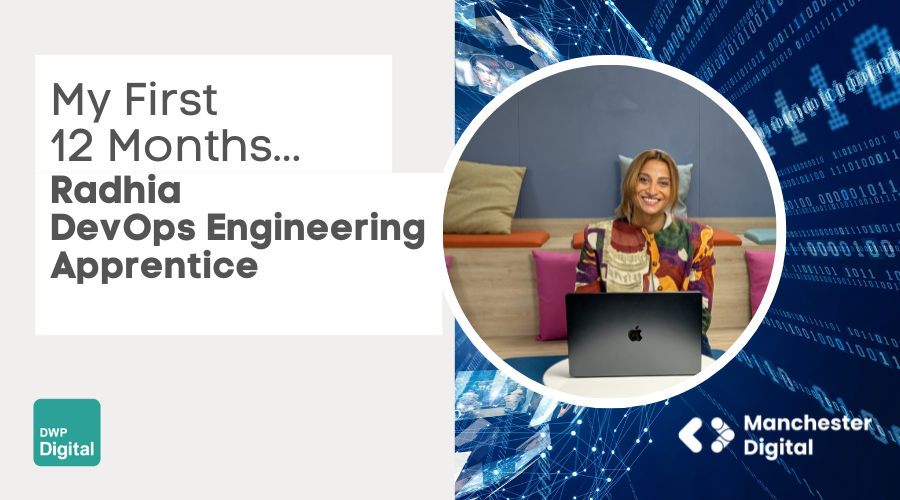Cloud NATIVE is currently one of the buzz phrases of the digital world.
Indeed, it is finding its way into an ever-increasing number of announcements describing the motivation for acquisitions taking place within the hi-tech sector.
So, what does the term actually mean – and why is it significant?
A clear definition doesn’t really exist. Its relevance and implications tend to differ from one company to another depending on the sector in which they are operating and their use of cloud computing.
But, broadly speaking, cloud native describes a set of goals and priorities which recognise that enabling software to work in the cloud requires a wide set of components working together.
Nonetheless, the term is far more sophisticated than simply describing the processes by which apps and software are built to enable them to function in the cloud.
Nick Whittaker, senior lecturer in computing in the school of computing, mathematics and digital technology at Manchester Metropolitan University, places the complex technological evolution of cloud native in context thus: “Cloud native applications must be able to scale up and down at a rapid rate, with the ability to offer thousands or even hundreds of thousands of nodes or instances. These applications use an elastic infrastructure, able to expand or shrink as needed in terms of their needs at the time for storage and processor demand. They typically work on open source software, keeping costs down for end-users, and avoiding proprietary software.
“These technologies will embrace the use of containers and microservices.
“A container provides the necessary computing resources to run an application as if it is the only application running in the operating system, with no conflicts with other application containers running on the same machine. For enterprises moving applications to the cloud, the containers represent a smarter and more economical way to move to the cloud.”
In recognition of the importance of cloud native, the Linux Foundation founded the Cloud Native Computing Foundation (CNCF) last year.
The expressed remit of the CNCF is to: “Create and drive the adoption of a new set of common container technologies informed by technical merit and end user value, and inspired by internet-scale computing.
“The community will advance the state-of-the-art for building cloud native applications and services.”
The common consensus among industry analysts is that cloud native should ultimately “facilitate a constantly shifting software infrastructure” that keeps companies oriented toward their customers and able to compete.
Richard Venables, director of Manchester-based IT trainers RV Group, gave his view of how cloud native could develop in the fullness of time, saying: “The main development of cloud native over the next few years, in my opinion, will be its adoption.
"Companies increasingly need to meet their clients’ demands faster and faster, which means that those businesses will need to adapt and embrace cloud native technology to meet their customers’ need. And if they don’t do it, they’ll lose out to their competitors.”









